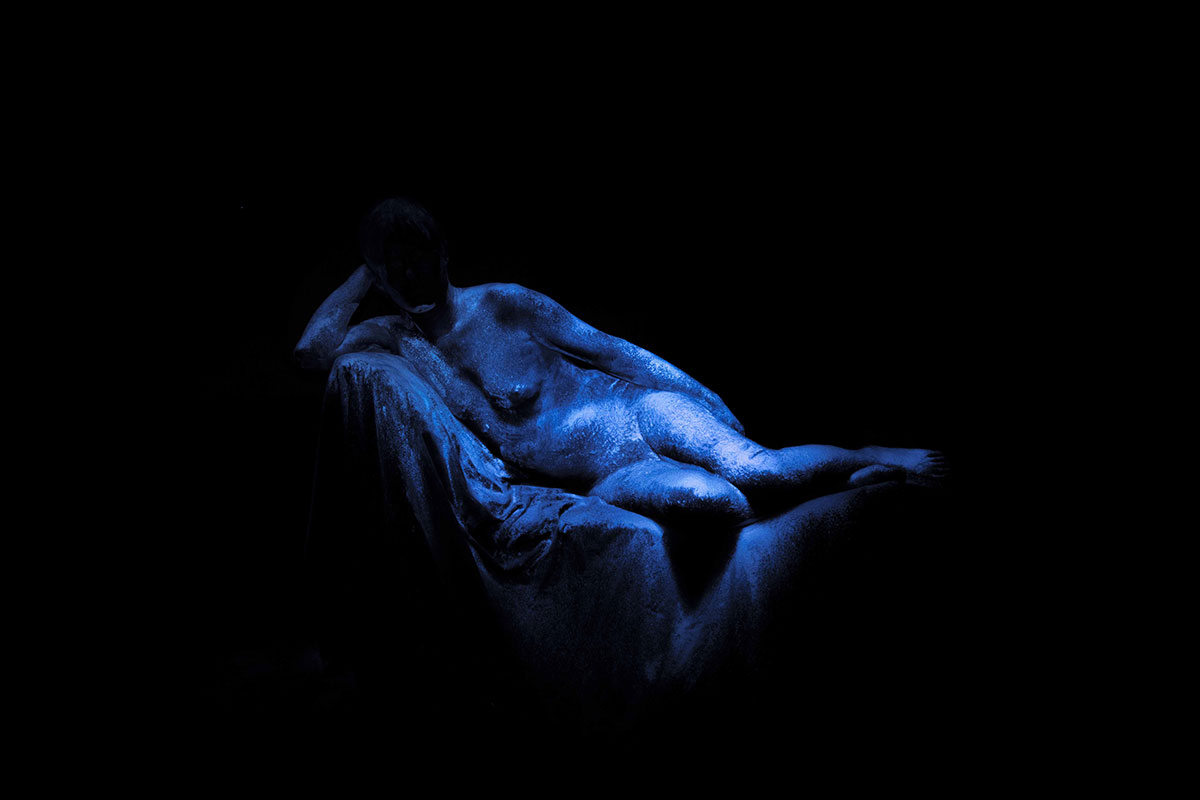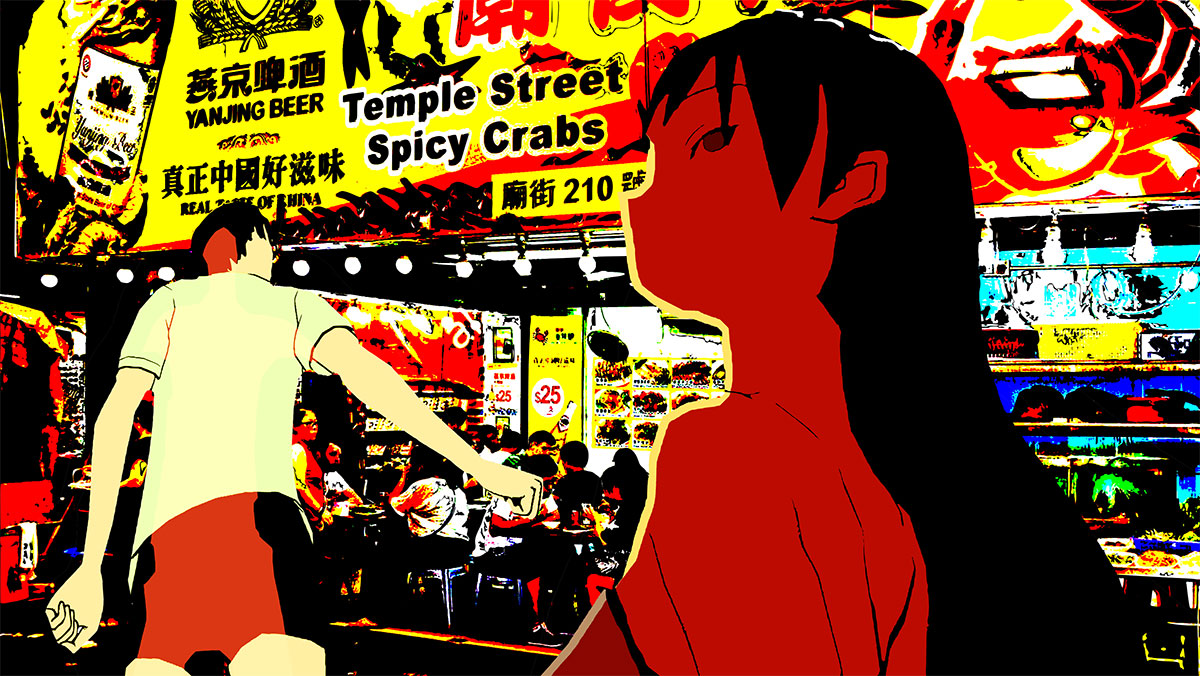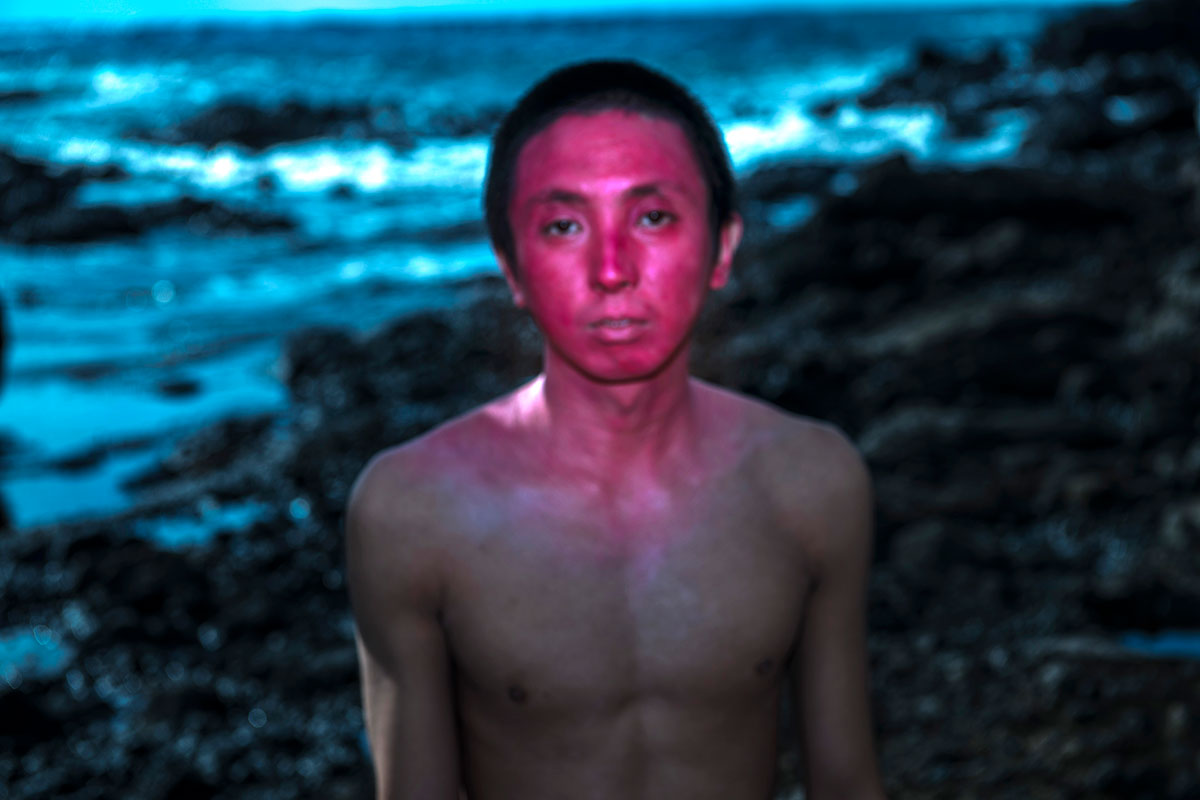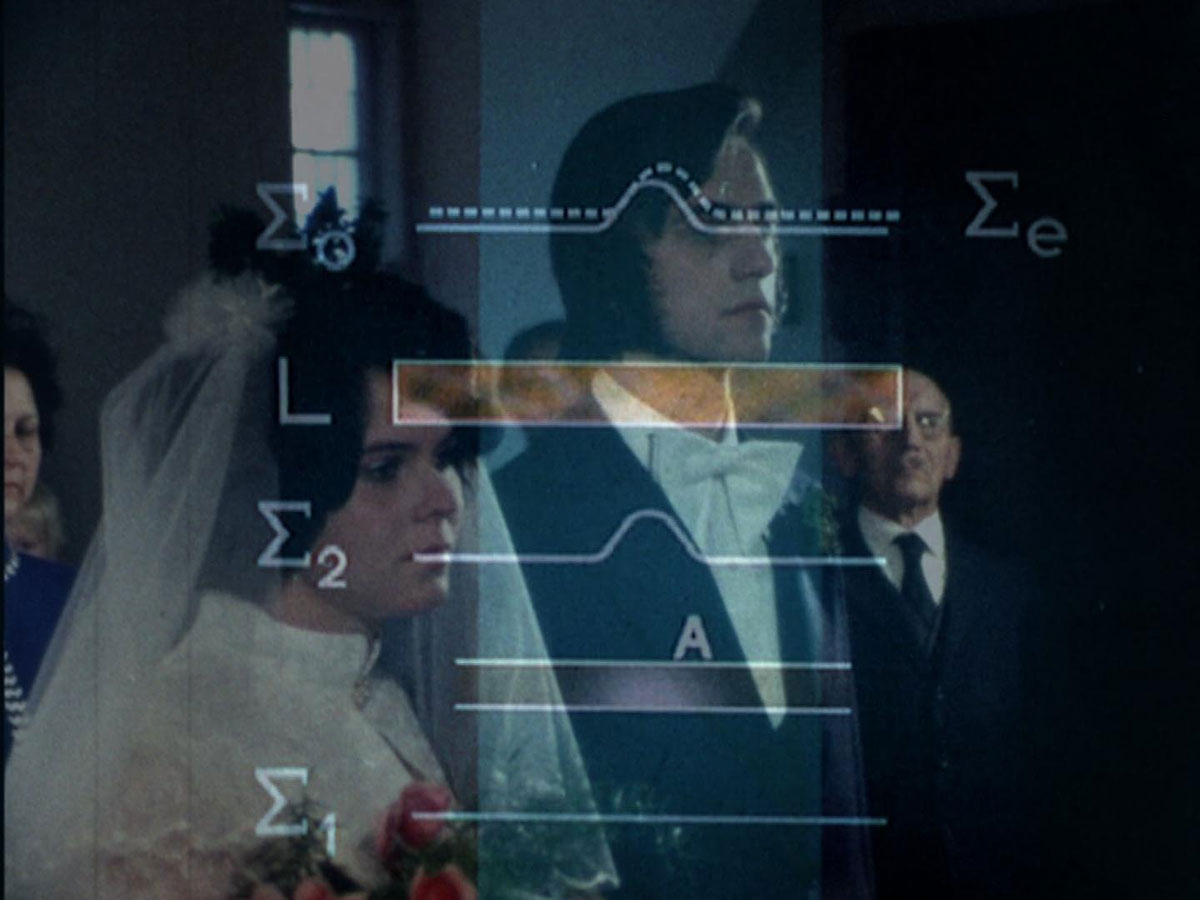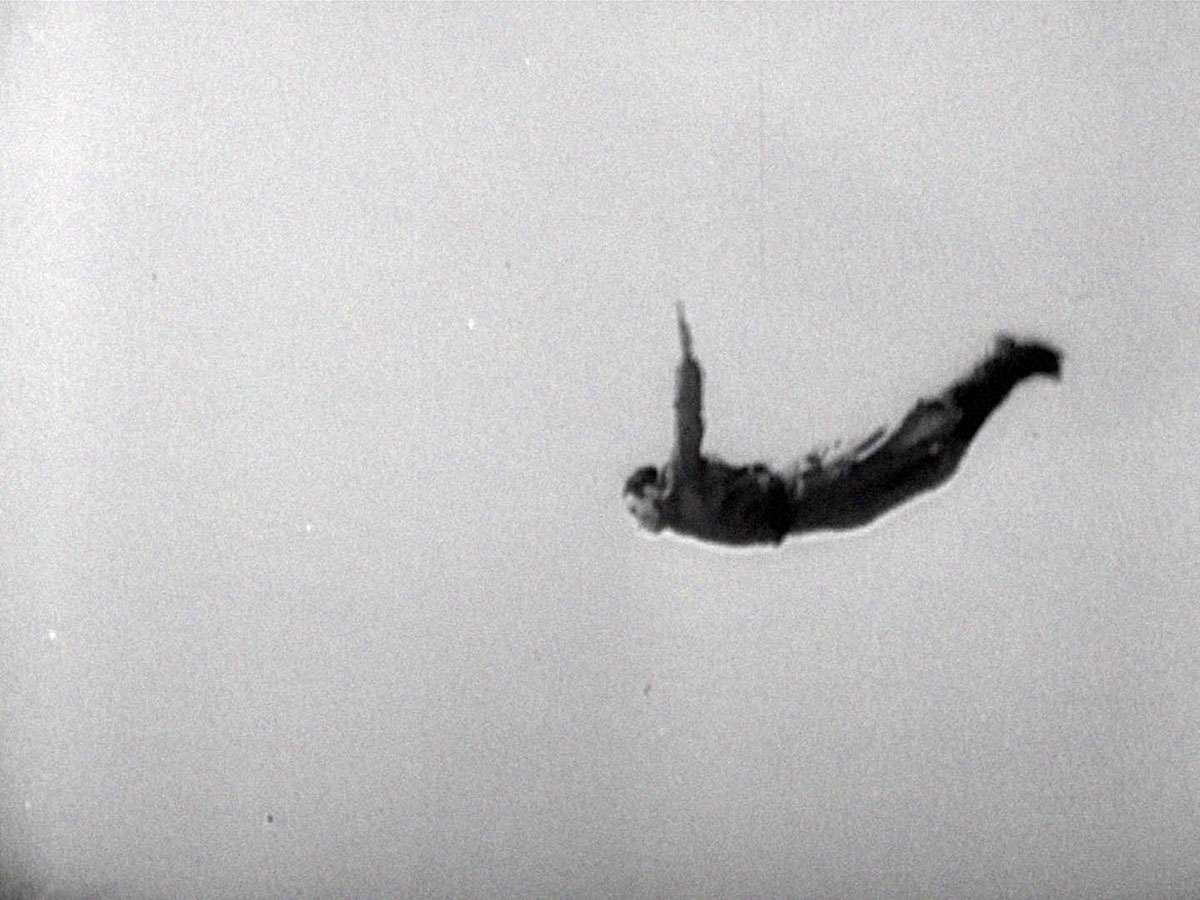ART CITIES: Paris-Schehrazade At Night
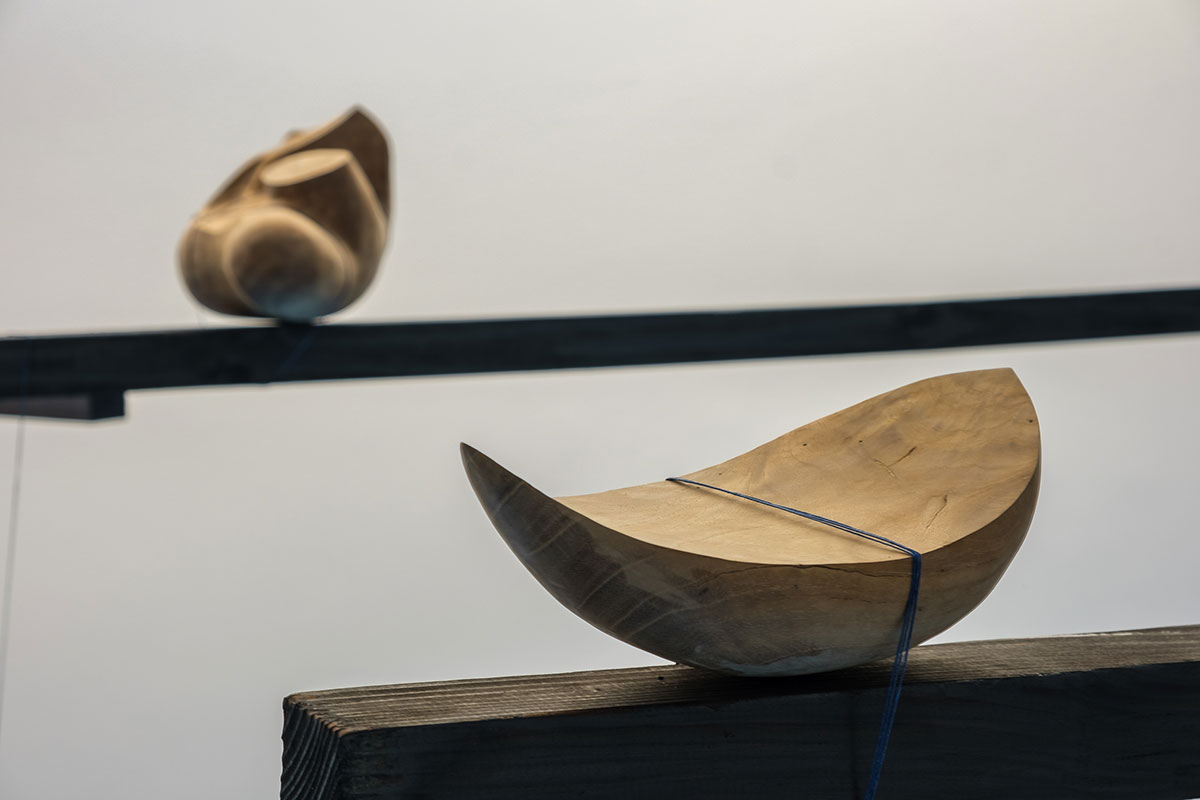 In a world gripped by multiple crises, artists write fictions inspired by the realities in which they live. These fictions are seen as critical tools for emancipation in the face of the many systems of oppression and exploitation that still constitute the matrix through which we act and think. It is said that they try to retell through myths and fables the beliefs and desires that animate us so as to bring forth other worlds and create new futures both individual and collective.
In a world gripped by multiple crises, artists write fictions inspired by the realities in which they live. These fictions are seen as critical tools for emancipation in the face of the many systems of oppression and exploitation that still constitute the matrix through which we act and think. It is said that they try to retell through myths and fables the beliefs and desires that animate us so as to bring forth other worlds and create new futures both individual and collective.
By Dimitri Lempesis
Photo: Palais de Tokyo Archive
Faced with the omnipotence of rational thought and epistemological systems inherited from Western modernity, the works presented in the exhibition “Schehrazade, At Night” encourage us to take into account a multiplicity of perspectives. They attest to and invent a reality wherein historical facts, myth, political analysis, animism and the marvellous intermingle indistinctly, accommodating different modes of transmission and knowledge creation. The exhibition is articulated around a series of solo exhibitions that respond to one other and constitute so many porous chapters between different geopolitical contexts: from Europe to Brazil, from the Caribbean to Japan and Southeast Asia. In her work, Minia Biabiany questions relationships to territory and places in the Caribbean and Guadeloupean contexts – their poetics, their colonial history, and their present-day existence as a dominated territory under pressure to assimilate. In her installations and videos, weaving serves as a paradigm for thinking about the structures of narrative and language. In 2016, she initiated the collective project Semillero Caribe in Mexico City and today continues her research in relation to pedagogy in the Caribbean with Doukou, a platform for experimenting through the body and through feeling concepts devised by Caribbean authors. In the installations she has designed for the Palais de Tokyo, natural, processed or manufactured materials intermingle and punctuate the space from its floor to its ceiling, at once constraining and orienting the public’s circulation and gaze by imposing a certain slowness on their bodies. In connection with the memory of slavery and the exploitation of territories and bodies, the artist opens up parallels between spaces both psychic and physical, drawing inspiration from the Creole garden, a site for producing food that is also invested with curative properties. After starting his career as a film critic, from 1999 Miguel Gomes directed a series of short films, followed by his first feature film in 2004, “La Gueule que tu mérites. His fame grew internationally in 2012 with his film “Taboo”, which won the Alfred Bauer Prize at the Berlin Film Festival. Two years later, his ambitious trilogy of “The Arabian Nights” borrowed the structure and form of the tale and transposed it with acerbic irony to Portugal between July 2013 and August 2014, when the country was ravaged by austerity policies. Drawing on popular imaginaries, his works are marked by the blurring of documentary and fiction that defines his style as a whole. He is currently working on an adaptation of the novel “Os Sertões” (The Highlands), written in 1902 by the Brazilian Euclides da Cunha.
Steeped in numerous Eastern and Western cultural references ranging from art history to theatre and from cinema to music to philosophy, Ho Tzu Nyen’s works blend mythical narratives and historical facts to mobilise different understandings of history, its writing and its transmission. The central theme of his œuvre is a long-term investigation of the plurality of cultural identities in Southeast Asia, a region so multifaceted in terms of its languages, religions, cultures and influences that it is impossible to reduce it to a simple geographical area or some fundamental historical base. This observation as to the history of this region of the world is reflected in his pieces which weave together different regimes of knowledge, narratives and representations. From documentary research to fantasy, his work combines archival images, animation and film in installations that are often immersive and theatrical. For his first major exhibition in France, Ho Tzu Nyen presents a set of works emblematic of his practice as a whole, including the ongoing piece “The Critical Dictionary of Southeast Asia” (2012- ), a matrix that generates narratives through an algorithm, the video installation “One or Several Tigers” (2017), whose quasi-baroque aesthetics feature a were-tiger that embodies the repression of colonial modernity in Malaysia, and the animated film “The 49th Hexagram” (2020), which depicts a demonstration being violently repressed set to a reading of a text from the I-Ching. Pedro Neves Marques’ work combines anthropological research, cinema, publishing, poetic and fictional writing. Their hybrid aesthetic, that blends science fiction and documentary realism is influenced by the history of feminist and queer sciences, and projects us into futures that question the control of our bodies, our desires and the world around us beyond the register of dystopia. In doing so, they explore how we might transform our imaginaries of gender, new technologies, ecology and postcolonial issues. In the exhibition, Pedro Neves Marques presents a set of recent videos that centre on the character YWY, an indigenous android from northern Brazil imagined in collaboration with the actress and activist Zahy Guajajara. The result of research by the artist into South American animist cosmologies, this cyborg who must confront capitalist cosmopolitical mutations resonates with the perspectivist model of Brazilian anthropologist Eduardo Viveiros de Castro, according to which any species’ view of another always depends on the body in which it resides itself. By engaging in strategies of imaginary world-building, YWY combines elements of science fiction with indigenous cosmologies to challenge linear conceptions of to the future.
In her photographs, Lieko Shiga combines ancient local myths with stories, memories, feelings and personal experiences gathered from the people she encounters in her daily life. Her fantastic images evoke the twilight zone between dream and reality, without using digital retouching. Her oftentimes dark oeuvre is deeply rooted in Japanese folk traditions and attests to the omnipresence of the supernatural in everyday life in the country. Her works tend to give visual form to what she calls the ‘eternal present’, a moment neither past nor future, suspended in space-time. “Human Spring” (2019) is the final part of a trilogy that began when the artist moved from Tokyo to the coastal town of Kitakama in the northern Tohoku region in 2008. As she settled in this community, she quickly found herself its official photographer, documenting the history of this region as well as its rites and customs through her images and sound recordings. Following the major catastrophe of March 2011, Lieko Shiga stayed in Kitakama, not to bear witness to the disaster, but rather to continue her photographic research into the influence of natural phenomena such as the passage of the seasons on the human body and mind. Ana Vaz is an artist and filmmaker whose films speculate on the relationships between self and other and between myth and history through a veritable cosmology of signs, references and perspectives. Her films combine ethnography and the speculative exploration of frictions and fictions that are set mostly in situations and contexts haunted both historically and geographically by narratives of violence and repression. Imagined as film-poems, her works travel through territories and events marked by the irreparable impact of various forms of colonialism and the imprint that these have left upon the land and lives both human and non-human. “The Voyage Out” (2016 – in progress) is the result of a vast documentary investigation carried out by the artist following the nuclear disaster at Fukushima in March 2011. Two years after the meltdown, the artist imagines the birth of an island in the Ogasawara archipelago in the far south of Japan, speculating as to the existence of a territory free of human activity that serves as a mirror image of the contaminated territory. Pushing back the boundaries between ethnographic investigation and speculative fiction, “The Voyage Out” constructs stories of earthly survival by communities that already seem to inhabit a post-apocalyptic world. Resilient beekeepers, devoted marine biologists, nuclear decontamination workers, utopian gardeners, radioactive flowers and mutant species make up this constellation of creatures who manage to thrive in the midst of a world riven with the spectres of destruction and renewal.
Participating artists: Minia Biabiany, Miguel Gomes, Ho Tzu Nyen, Pedro Neves Marques, Lieko Shiga and Ana Vaz
Photo: Minia Biabiany, the length of my gaze at night, 2021, Installation view from Future Generation Art Prize 2021, Pinchuk Art Centre, Kiev, Courtesy of the artist, Photo credit: Maksym Bilousov
Info: Curator: Yoann Gourmel, Assistant Curator: Fanny Trussart, Palais de Tokyo, 13 avenue du Président Wilson, Paris, France, Duration: 19/10/2022-8/1/2023, Days & Hours: Mon & Wed-Sun 12:00-24:00, https://palaisdetokyo.com/

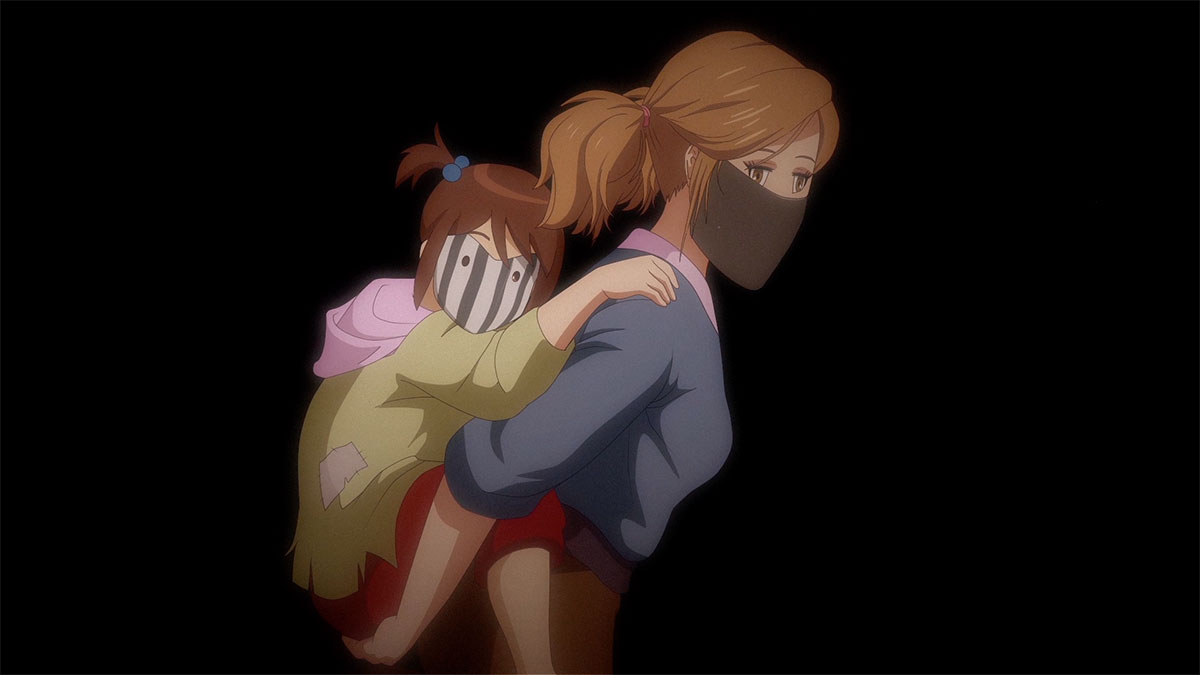
Ho Tzu Nyen, The 49th Hexagram (Film still), 2020, Dual HD colour video projection, sound, 30’29″, Courtesy of the artist and the Kiang Malingue Gallery, Hong Kong
